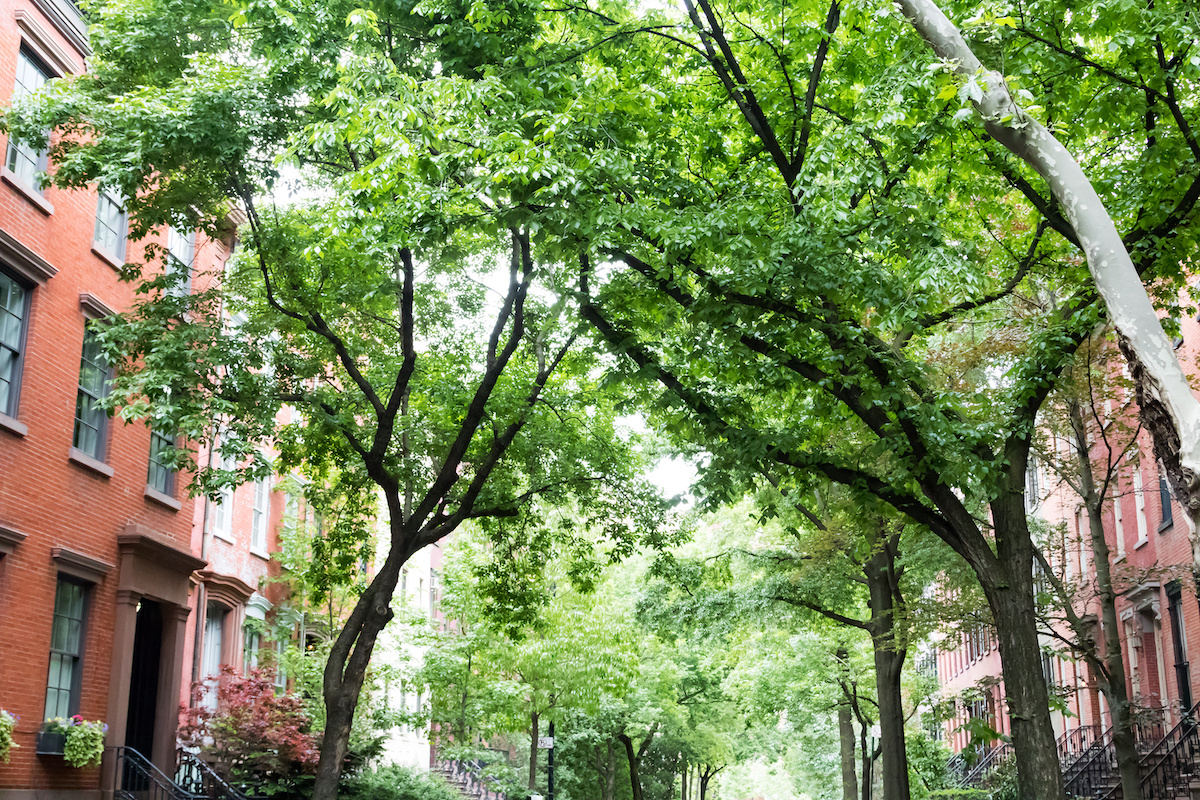
New research from the University of Maryland reveals that access to neighborhood green spaces and walkability contribute to different health outcomes for residents, according to an article by Annie Krakower in Maryland Today.
The study analyzed walkability and aesthetic data alongside health information to understand how the built environment impacts health among siblings and twins. “After examining records from nearly 2 million people, including 1 million siblings and 14,000 identical and fraternal twins, the team found that across all three samples, positive built environment characteristics were associated with 15-20% reductions in obesity and diabetes rates.”
The results show that green streets, sidewalks, crosswalks, and mixed-use development encourage more physical activity. “Future studies could also shine a light on how factors like income inequality and unequal access to desirable neighborhoods—along with modifiable built environment features— impact health.” Next, the researchers plan to examine data from Washington, D.C. to assess the impacts of other factors like gentrification and segregation on neighborhood population health.
